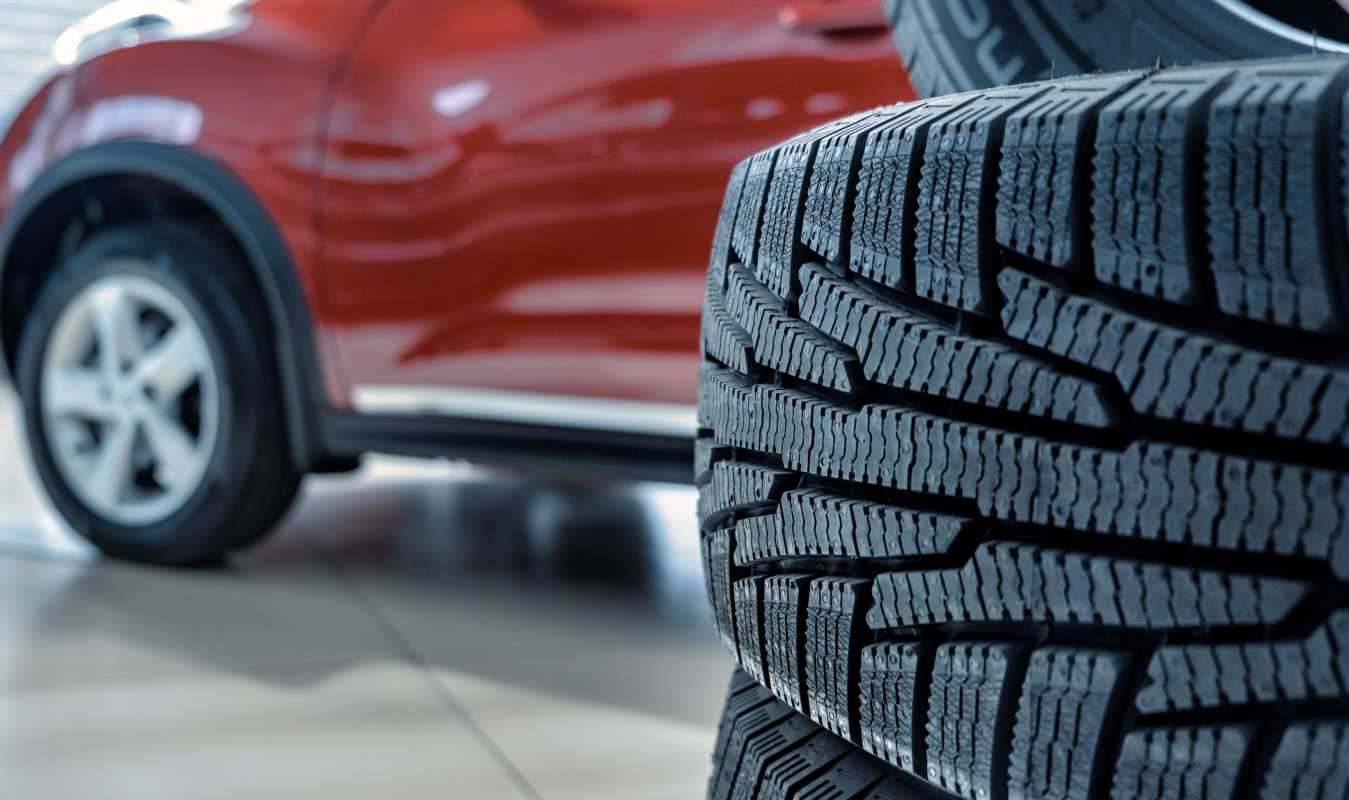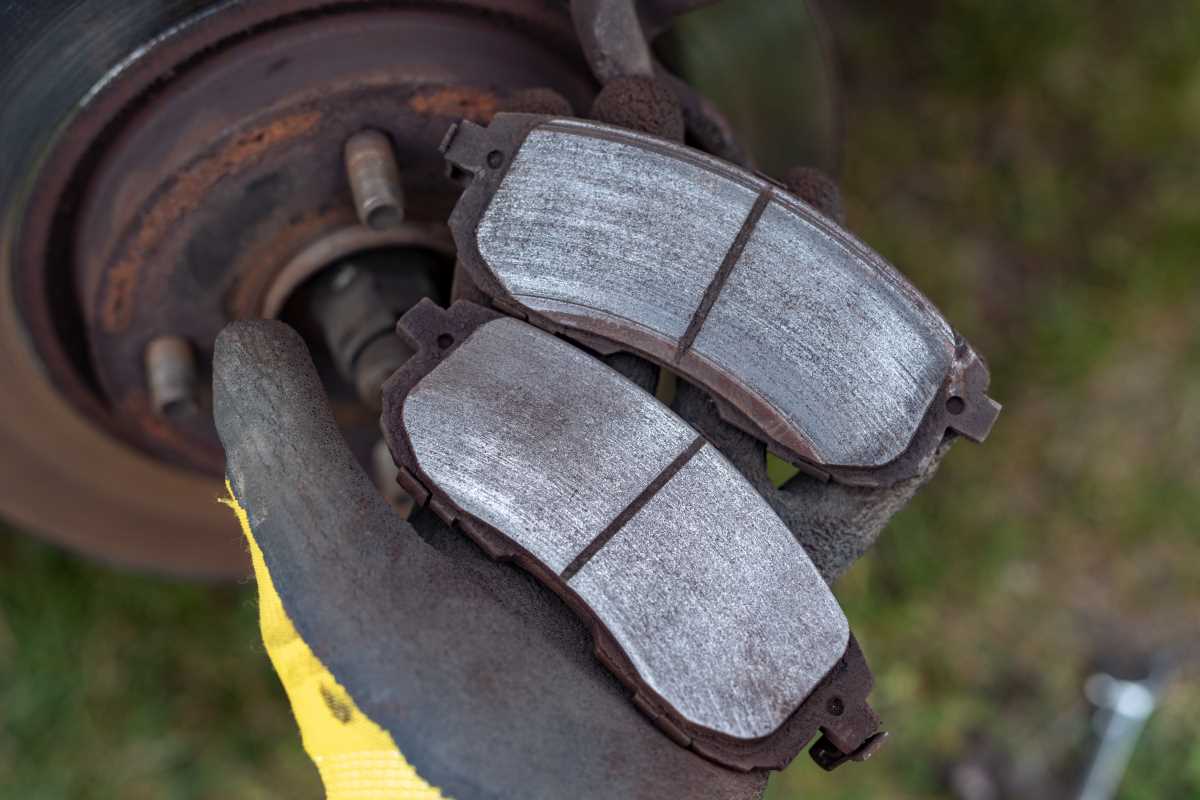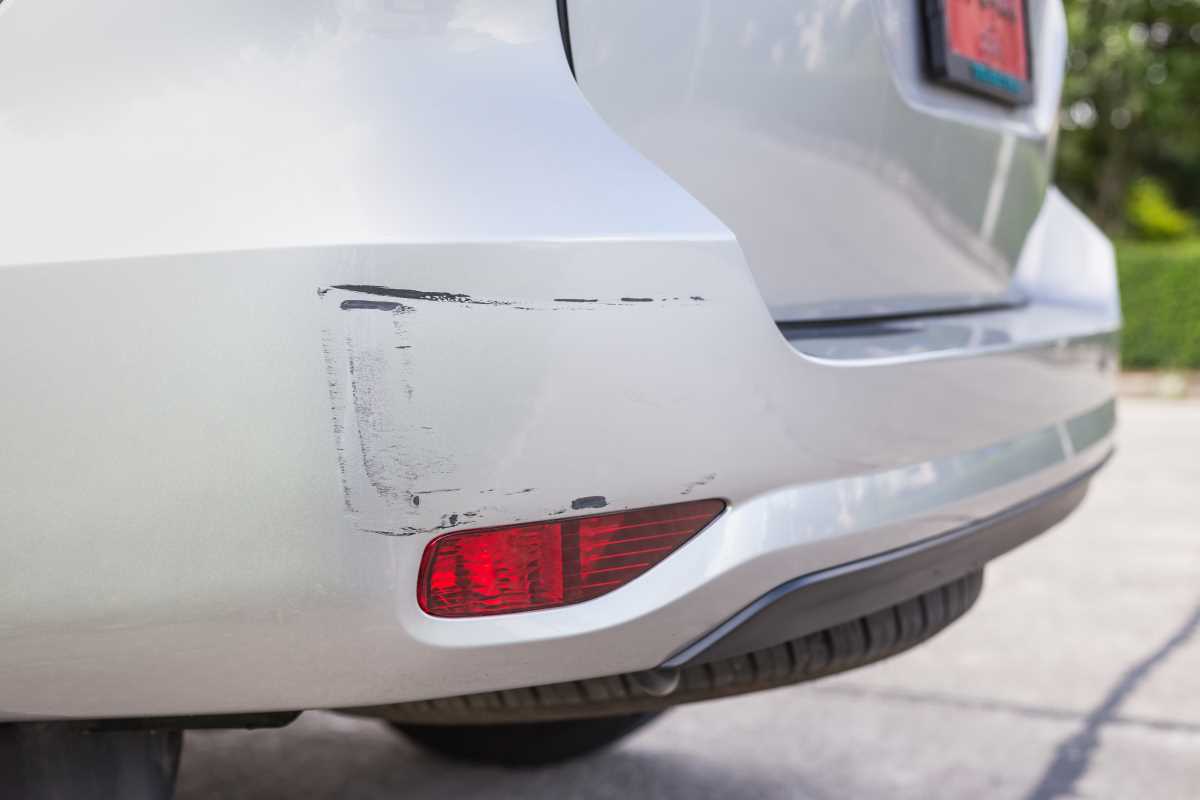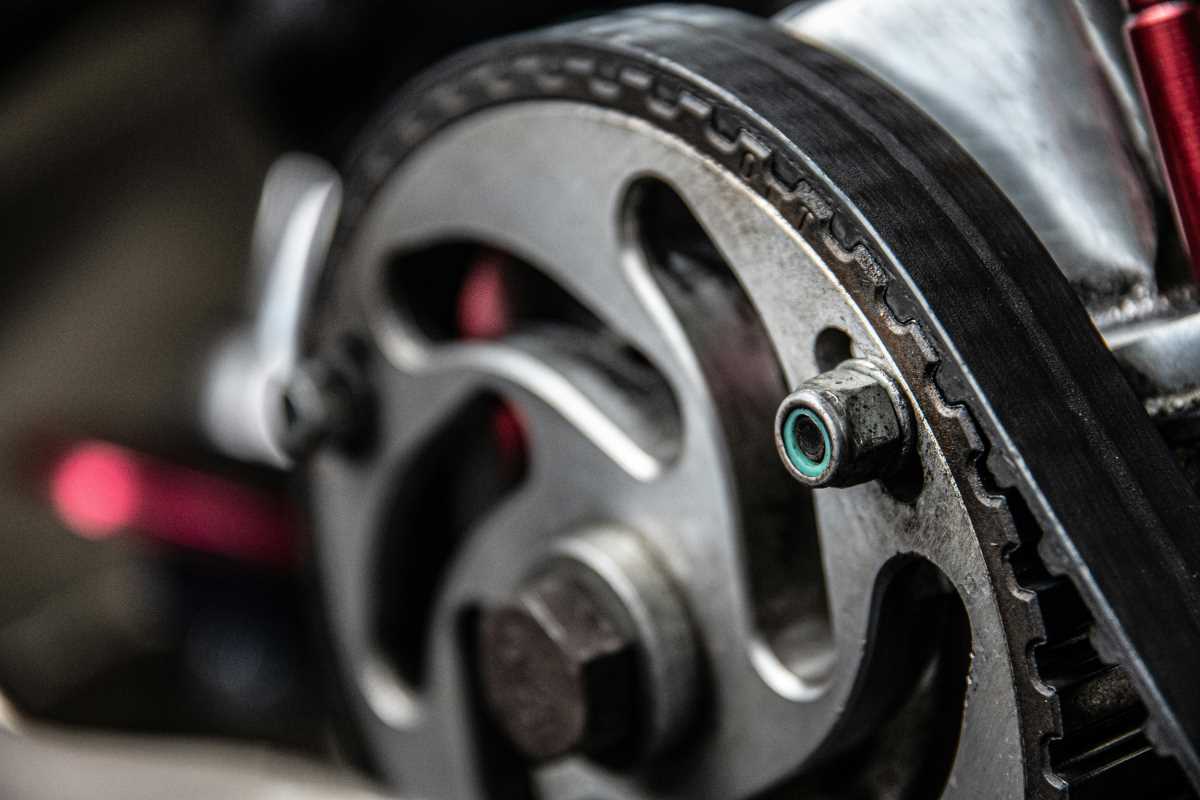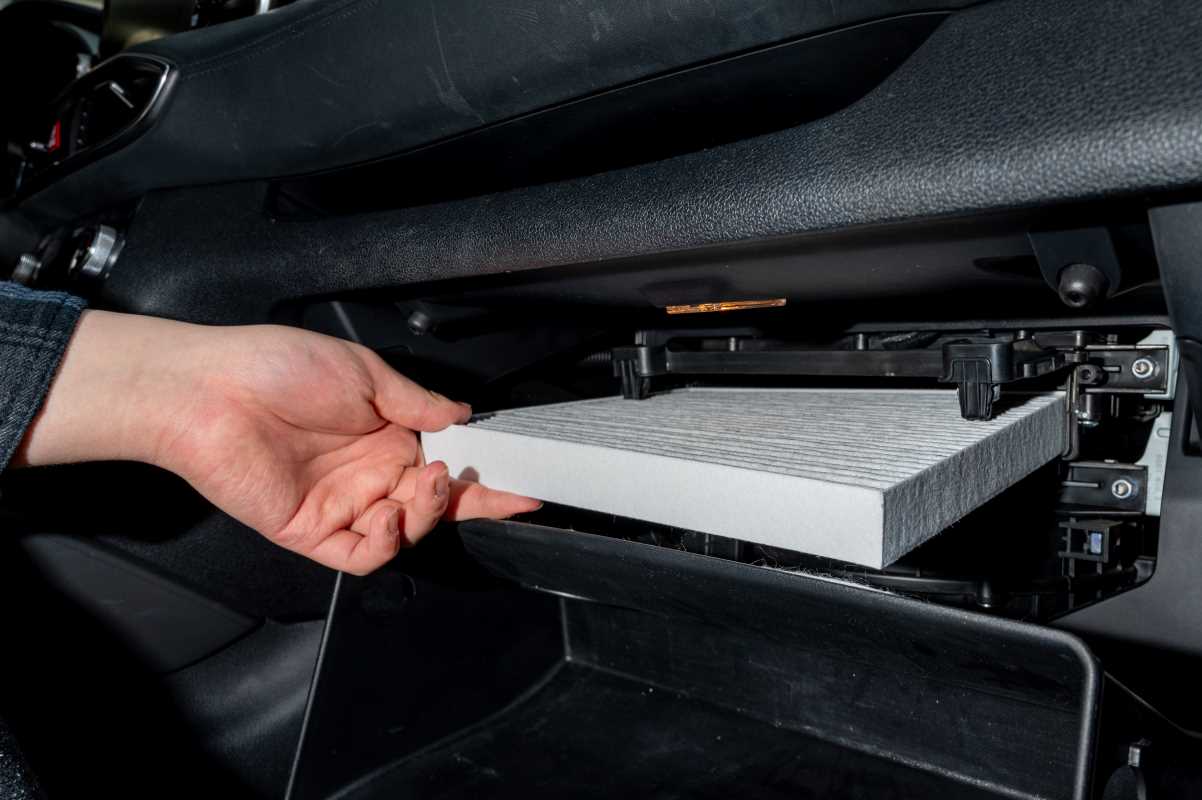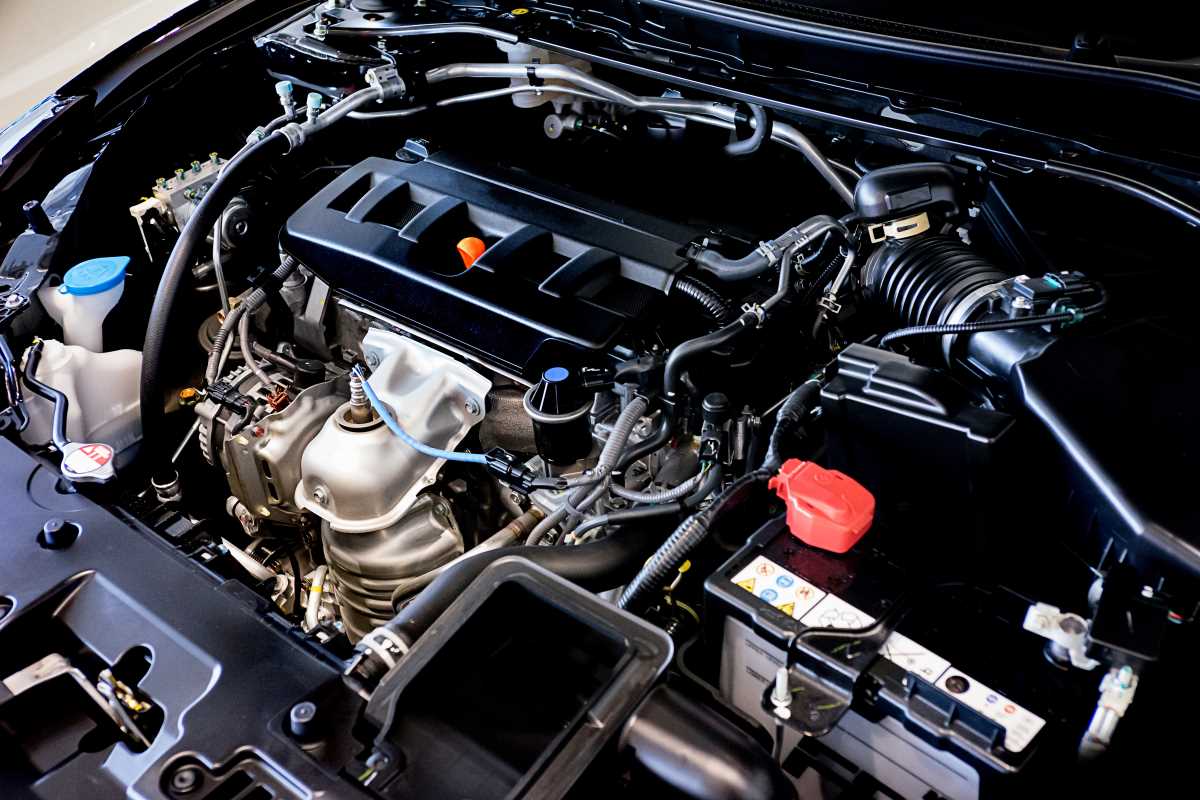Crossing the 100,000-mile mark on your car’s odometer is a proud moment. It’s a testament to the car’s durability and your diligent care. But this milestone also means your vehicle is entering a new phase of its life where preventative maintenance becomes more critical than ever. As components age, the risk of a major failure increases. Staying on top of a high-mileage maintenance schedule is the key to ensuring reliability, maintaining safety, and preserving your car's resale value. It’s the difference between cruising comfortably toward 200,000 miles and getting stuck on the side of the road with a massive repair bill. A proactive approach now can save you from big headaches later.
Fluids: The Lifeblood of Your Engine and Transmission
Regular oil changes are a given, but for a high-mileage engine, they are non-negotiable. As an engine wears, small amounts of contaminants can build up more quickly. Sticking to a consistent 5,000-mile interval with a quality synthetic oil is cheap insurance. Just as important is the transmission fluid. Whether you opt for a simple drain-and-fill or a full pan-drop service with a new filter, giving your transmission fresh fluid is crucial. Always use the exact fluid specified by the manufacturer; the wrong type can quickly destroy a transmission. Don't forget the coolant. Over time, it loses its anti-corrosive properties. A coolant flush, along with an inspection of the hoses, thermostat, and water pump, can prevent overheating, which is a primary killer of older engines.
Brakes, Suspension, and Steering
Your ability to stop and steer safely depends on components that wear out over time. A high-mileage brake service should go beyond just replacing pads. Inspect the rotors for wear and check the flexible rubber brake lines for cracks or bulging. A full brake fluid flush every few years is also essential, as old fluid absorbs water and can reduce braking performance. The ride quality of your car is courtesy of its suspension. After 100,000 miles, the original shocks or struts are likely worn out, leading to a bouncy ride and reduced control. Replacing them, along with inspecting steering components like tie-rod ends and control arm bushings, can make an old car feel new again. Finish the job with a four-wheel alignment to ensure proper handling and prevent uneven tire wear.
Belts, Plugs, and Ignition Components
Under the hood, rubber belts and ignition parts are working hard. Most modern cars have a single serpentine belt that runs everything from the alternator to the A/C compressor. These should be replaced if they show any signs of cracking or fraying. If your car has a timing belt instead of a timing chain, it absolutely must be replaced at the recommended interval, typically between 60,000 and 100,000 miles. A broken timing belt will cause catastrophic engine damage. Long-life iridium spark plugs can last 100,000 miles, but replacing them can restore lost power and fuel economy. At the same time, inspect the ignition coils and wires for any signs of wear.
Fuel, Air, and Electrical Systems
For your engine to run efficiently, it needs a clean supply of air and fuel. While many modern cars have lifetime fuel filters, older vehicles may have a serviceable one that should be changed. Cleaning the Mass Airflow (MAF) sensor and the throttle body can solve issues with rough idling and hesitation. A healthy electrical system is also vital. Have your battery and alternator tested to ensure they can handle the demands of all the vehicle’s electronics. A weak charging system can leave you stranded without warning.
Tires and Exhaust System Check
Don't overlook your tires. Even if they have plenty of tread left, tires should be replaced if they are more than six to eight years old, as the rubber degrades over time. Regular rotations are key to maximizing their lifespan. Underneath the car, the exhaust system can be susceptible to rust. A visual inspection can catch a failing muffler or a cracked catalytic converter bracket before it breaks completely. Replacing aging oxygen (O2) sensors can also improve fuel efficiency and ensure your car passes its emissions test. Keeping a simple log of all this maintenance in your glove box not only helps you stay organized but is also a huge plus for a potential buyer, proving the car has been well-cared for.
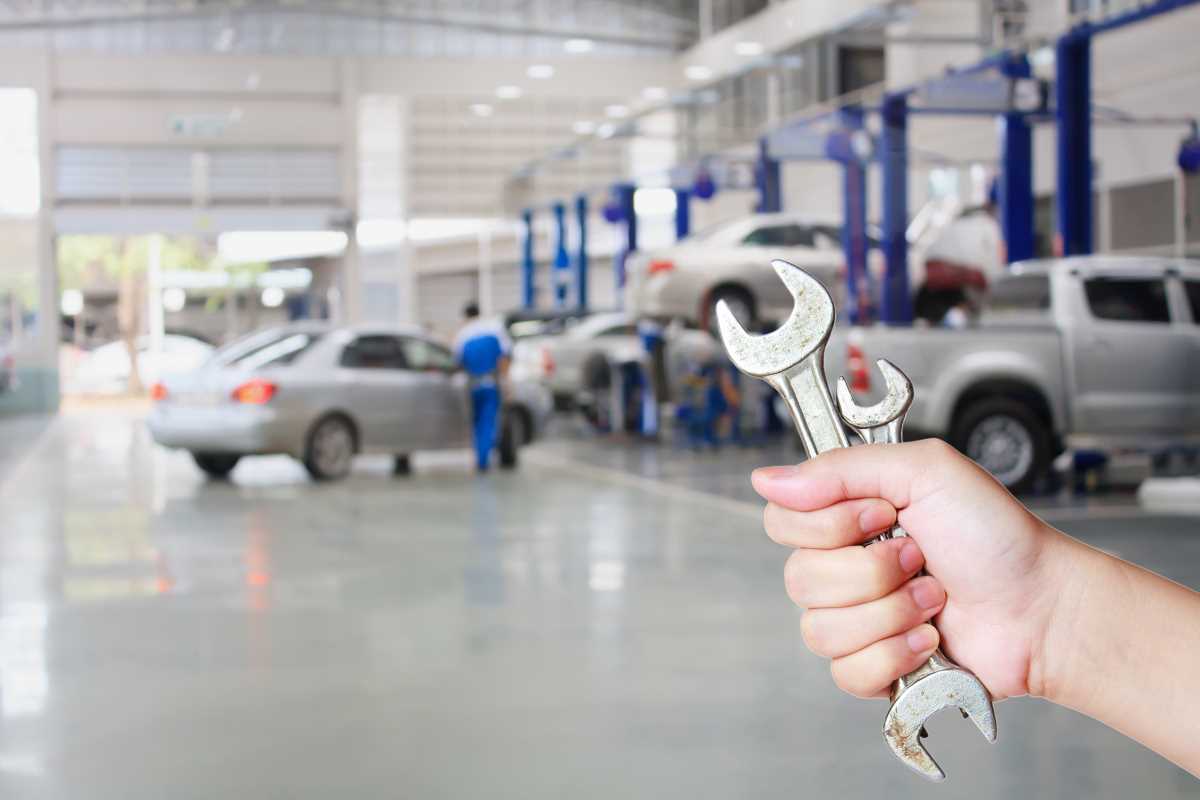 (Image via
(Image via